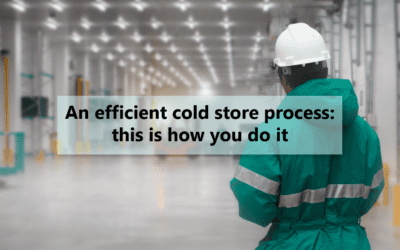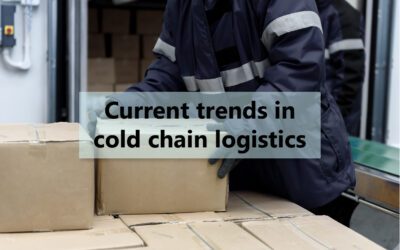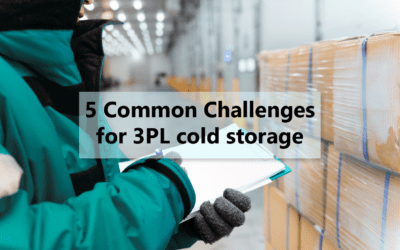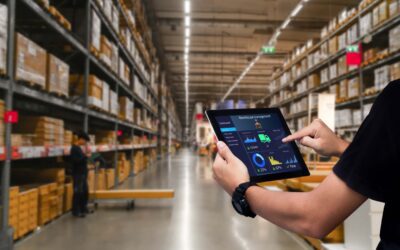The Serial Shipping Container Code (SSCC) is something you see almost every day as a logistics service provider. And if you do not see them, your colleagues in the warehouse or on the semis will. Despite that these labels might not seem special to you, they are on the basis of the functioning of your organization. And therefore they are indispensable. For you, but also for your customers. This is why there are numerous examples where customers request a personal SSCC number series, so their administration will become more transparant. Do you receive these requests as well from your customers? Then read along and find out how you can set up these series yourself.
SSCC Number series in your administration
When you create a new SSCC number series, it is important to decide what numbers to use on forehand. An SSCC number consists of 17 digits. The first 10 digits are set; you probably receive these from your customer. However, the number series you see in your system consists of 18 digits. The 18th digit, the so-called ‘check digit’, is automatically given by the system.
Enter a new number series
You can create a new number series on customer level easily by yourself. Follow the steps in the video underneath and check the new SSCC number series by creating a new receipt.
Directly meet your customers’ demands
Have you successfully linked the new SSCC number series to your customer? Then you can meet your customers’ demands even better while making your own administration clearer. Do you need a hand creating the new number series? Get in touch with our consultants. We are happy to help.
An efficient cold store process: this is how you do it
As a logistics service provider in cold storage, you might ask yourself: "What is so specific about cold storage? It’s storage, transportation and distribution." But as a cold store, you will encounter completely different challenges compared to an ambient warehouse....
Do you keep it cool? These are the trends in cold chain logistics
Both trade flows and the labour market have been affected by the pandemic and Brexit, thereby impacting cold chain logistics. Many goods have been imported from China to Europe in recent months and this growth is expected to continue. At sea, the full capacity is...
5 Common Challenges for 3PL Cold Storage
Third-Party Logistics (3PL) cold storage warehouses are faced with a selection of unique challenges as compared to other standard warehouses. 3PL cold storage operations are very complex and often result in significantly higher operating costs compared to other...
The Impact of Brexit Made Simple – Part 3: How does the deal affect NAV/ Business Central Setup?
Britain and the EU agreed on a trade deal on 24th December 2020!But what does this mean for businesses importing and exporting goods between Britain and the EU? Let’s go through the key changes, including: Purchase from EU Countries Sales to EU Countries Open Purchase...
6 Advantages 3PL Dynamics brings your Logistics Business
Third party logistics is growing rapidly, but so are challenges within the industry. These days customers expect lower delivery costs, shorter lead times and accurate information at a moment’s notice. On top of this, there are increasing demands regarding product...
The Impact of Brexit Made Simple – Part 2: VAT Setup Changes on Importing Goods
Following on from our previous blog, a trade deal between the UK and EU is still nowhere in sight! Everyone hoped for an answer on Sunday 13th December 2020, but it hasn’t been provided. The UK voted in favour of Brexit on 23rd June 2016. And 1,652 days after the...






